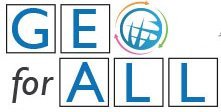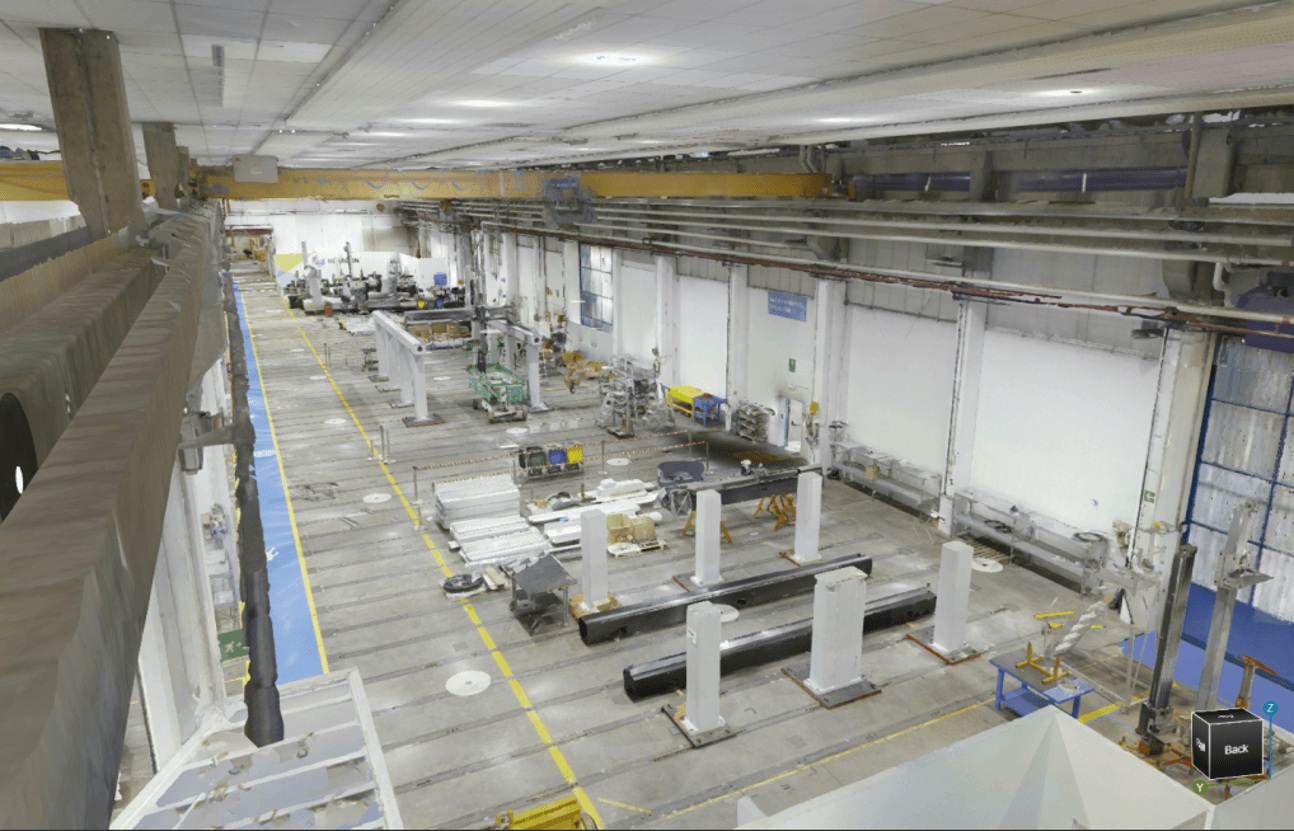Hexagon’s October 2025 press release offers more than just corporate green credentials—it reveals how a metrology company is positioning scanning and digital twins at the core of industrial transformation.
The moves at its Italian plants in Moncalieri (manufacturing) and Grugliasco (metrology production) center on energy efficiency, facility digitization, and factory layout optimization using Leica 3D scanning. For geomatics professionals, this signals an expanding role: field measurement tools are becoming embedded in factories, not just worksites.
That said, there is a chasm between ambition and verifiable outcome, and Hexagon’s communication leaves several critical gaps. Below I examine the announced actions, assess their technical plausibility, weigh strengths against weaknesses, and propose how the geomatics community might turn them into solid lessons rather than marketing promises.
What Hexagon Announces—and What It Sidesteps
In Grugliasco, Hexagon says it has produced a dense 3D point-cloud model of its plant using Leica scanning, to serve as the basis for a “Digital Twin” of its facility. That twin is purported to guide internal layout changes, detect structural bottlenecks (columns, ceiling clearances), and help simulate reconfigurations before physical moves. In Moncalieri, the company claims a suite of energy upgrades — LED lighting, better insulation, heating system reworks, and improved sealing — have cut gas use and carbon emissions. Together, the two plants are projected to reduce emissions equivalent to those of over one hundred average Italian households. Photovoltaic systems slated for 2025 are expected to cover 44% of electricity demand, and emission reductions are broken down by category in the press narrative.
Yet despite these numbers, the announcement is silent on many technical essentials. It does not specify which Leica scanner models or scanning parameters (density, overlap, control network) were used. It omits error bounds or registration residuals in the as-built model. There is no before/after metric on layout improvements — no counts of avoided clashes, throughput gains, or reduction in space waste. The degree to which the Digital Twin remains “live” versus static is not clarified, nor is the integration plan with factory systems or sensor feeds disclosed. In short: the vision is compelling, but the technical scaffolding is unrevealed.
The Geomatics and Metrology Stack Under the Hood
At its core, the project leans on well-established tools: terrestrial or industrial 3D scanning, registration, modeling, and simulation. But deploying them across an entire factory is not trivial. The scanned point cloud must be registered with high precision. Multiple scan stations must align via targets or cloud-to-cloud methods, ensuring sub-millimeter agreement in overlapping zones. In a factory, occlusions—machinery, ducting, piping, narrow aisles—introduce blind spots that complicate thorough coverage. If scans miss or misalign small structural or mechanical elements, layout decisions based on them could be dangerously off.
Once geometry is in hand, the Digital Twin must support parametric planning: adding machines, walls, conveyors, or energy systems into the model, running clash detection, simulating paths, and bounding tolerances. For that to work, the model must be semantically rich—not just a mesh but a structured layout with naming, classification, and connectivity.
The leap from geometry to energy simulation involves layering physical models onto the spatial skeleton. Roof surfaces, wall orientations, shading, infrared gains, thermal zones — all must be assigned material properties or simulation metadata. Errors in geometry (slight wall tilt, misaligned duct systems) introduce mismatches in simulations.
Moreover, to remain valuable, the Digital Twin must evolve. Factories shift: floor plates shift, equipment is moved, ceiling paths altered. Unless change detection or periodic updates are baked into the process, the twin becomes stale and misleading.
Strengths & Opportunities
Hexagon’s choice to pilot this internally is a strength. It gives them a controlled setting to refine their scanning, modeling, and simulation chain before offering similar services to clients. Deploying a 3D scan–based layout process to catch clashes before physical installation shows a pragmatic use of metrology to reduce rework cost. Coupling geometry with energy upgrades and photovoltaics suggests a thoughtful alignment of measurement and sustainability goals, rather than piecemeal retrofits. Finally, investing in these insights could deliver an internal competitive advantage—and, if published, serve as a showcase for manufacturing clients seeking digital twins.
Weaknesses, Risks & Caution Flags
The most glaring weakness is lack of transparency. Without reported error margins in scanning or registration residuals, it’s impossible to assess whether the model is accurate enough for layout engineering. If the Digital Twin is off by centimeters in pillar positioning or tiedown points, a reconfigured conveyor might clash physically despite digital clearance.
Time drift is another danger. Even minor structural shift, floor settlement, or mounting drift over months can degrade the fidelity of a static twin. If the model isn’t periodically recalibrated or updated, decisions based on stale geometry become risky.
The integration between geometry and simulation is also under-defined. The announcement does not detail how sensor data, machine power states, or facility operation are fed back into the twin. Without dynamic feedback, the twin risks being a decorative representation—not a living, decision‑support tool.
Moreover, assumptions in energy models can mislead if geometry is imperfect or if material and occupancy details are guessed. The announcement gives emission statistics, but offers no confidence intervals or sensitivity analysis: for instance, if walls are mis-measured by five centimeters, how much error does that induce in thermal loads? Who knows?
Lastly, the cost-versus-benefit ratio is unclear. Scanning, modeling, software, and integration require investment. If realized energy or workflow gains are modest or lower than projected, the ROI may not justify the protocol. And because the announcement comes from Hexagon itself, the narrative leans promotional — without third-party validation, users must be skeptical.
Suggestions for Validation & Publication
To move from hopeful ambition to shared knowledge, Hexagon (or collaborators) should publish a technical case study. Key elements should include scanner parameters, registration residuals, model-versus-control deviations, layout-change performance metrics (e.g. number of avoided clashes, installed cost savings), and energy simulation vs actual energy data. Updating the model over time and quantifying drift would reveal twin stability. Publishing anonymized portions of the factory point cloud would let researchers test algorithms in realistic industrial settings. A comparative analysis of simulated layout vs conventional methods (CAD-based planning) would further illustrate the value-add of the metrology path.
Final Assessment
Hexagon’s press release hints at an evolving role for geomatics: not just mapping outdoors, but modeling factories, supporting sustainable manufacturing, and optimizing layouts under strict constraints. That direction is sensible and timely.
But today, the project is a vision rather than a validated standard. The geometry, simulation, and integration claims should be tested and published before declaring the outcome. For geomatics professionals, it’s an intriguing case to watch, a candidate for benchmarking, and a potential template for how metrology can migrate into industrial control. But until the details emerge, treat it as aspirational—not concluded.
Source: ( Hexagon )




